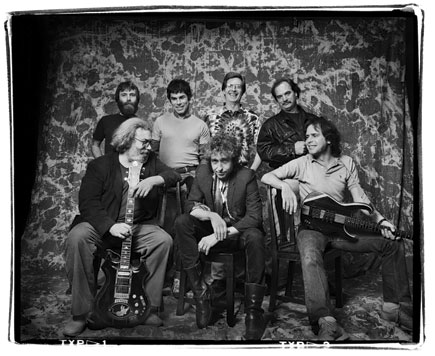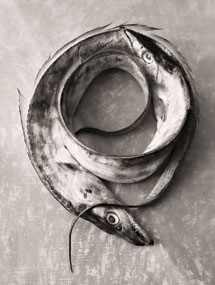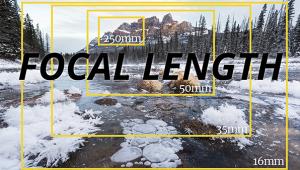Black And White: Digital And Silver Combined; An Interview With Eric Luden
Eric Luden is a former executive at Ilford Photo, a noted commercial and fine art photographer, and the founder of Digital Silver Imaging, a New England lab that works exclusively in black and white. During the 1990s, he served as a consultant with Eastman Kodak’s black-and-white division before joining Ilford, where he worked for over 12 years. In 2006, he became the VP of North American Marketing for Ilford’s parent company, Harman technology. Luden has extensive knowledge regarding silver gelatin papers, digital laser technology, and black-and-white printing.
I interviewed Luden recently about the current state of black-and-white printing and the tools that are available to photographers to obtain quality prints.
Grateful Dead with Dylan |
|
 |
|
|
Shutterbug: With the advent of digital imaging, have photographers forgotten about black and white?
Eric Luden: Black-and-white photography is bigger than ever. Just look at any photographer’s online gallery and you will usually find several black-and-white images. Also, with the advent of digital photography amateurs can now create black-and-white images easily, whereas in the past black and white was only for pros and serious amateurs. In addition, with new options like converting digital cameras to black-and-white infrared, photographers are exploring new ways to be creative and digital opens up new doors.
SB: Has digital imaging made black and white obsolete?
EL: After the initial explosion of color-based digital output, we have seen both a return to, and reverence of, true black-and-white output. Black and white is the root foundation of photography and remains a classic. You see magazine covers, entire editorials, and gallery shows dedicated to black-and-white images. Digital photography brought more amateurs into the black-and-white realm of professional shooters and printers.
Heaven & Earth |
|
 |
|
|
SB: Is the gallery scene still doing well with black-and-white images?
EL: Traditional, silver black-and-white photographic prints continue to be valuable. I just checked one of the big auction houses and silver prints from photographers like Ansel Adams, Robert Frank, and Irving Penn are all selling in the five- to six-figure range. Many of the black-and-white prints from the Polaroid collection that sold in July far exceeded Sotheby’s expectations. I think that with the advent of so many dye and ink technologies on the market it has just made true silver gelatin prints more valuable.
Belt Fish 1 |
|
 |
|
|
SB: Do you see a market for black and white?
EL: There is a strong market for true silver gelatin prints. The saturation of dye and ink output solutions has increased the value of true silver gelatin prints.
- Log in or register to post comments

















































